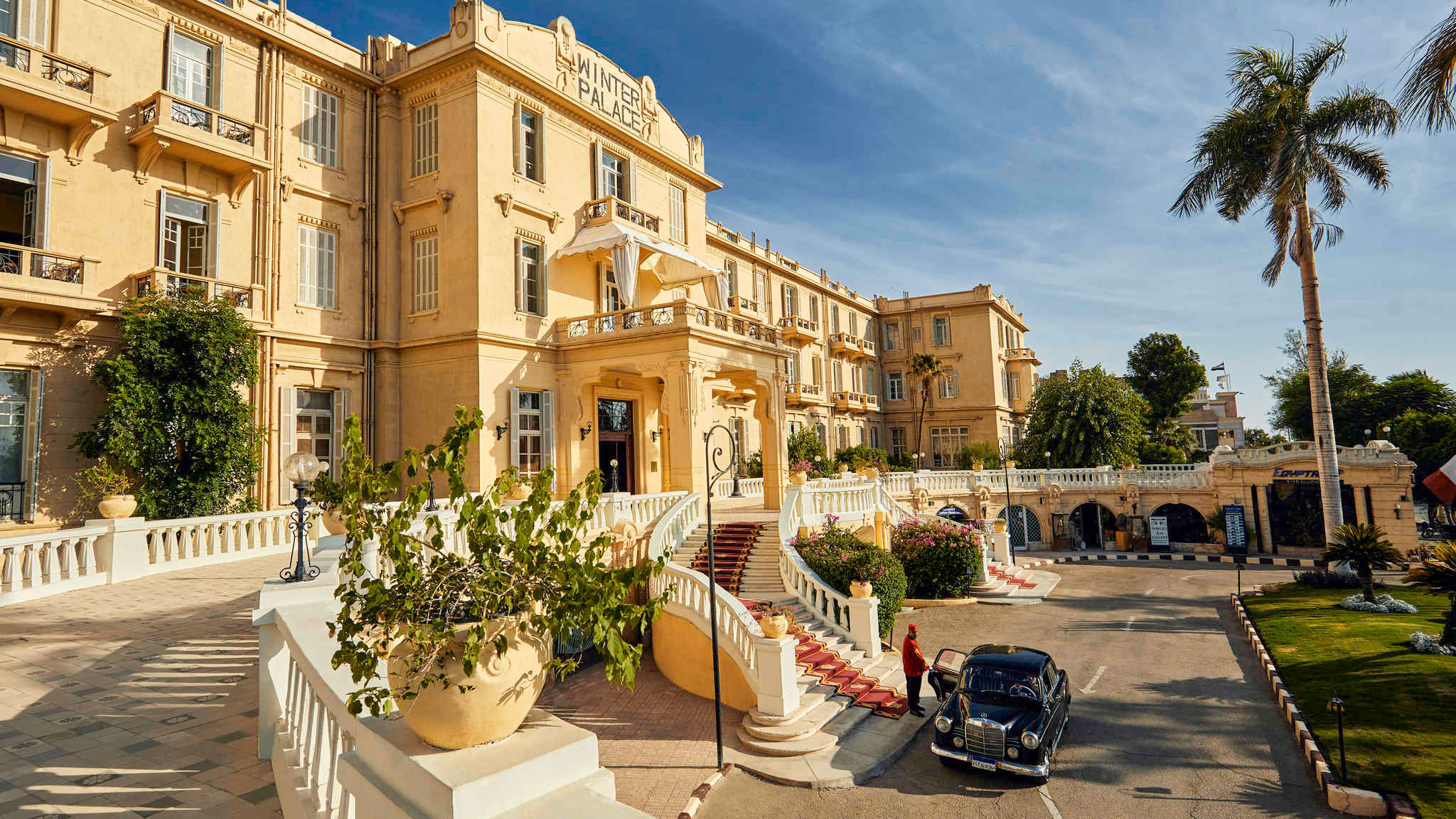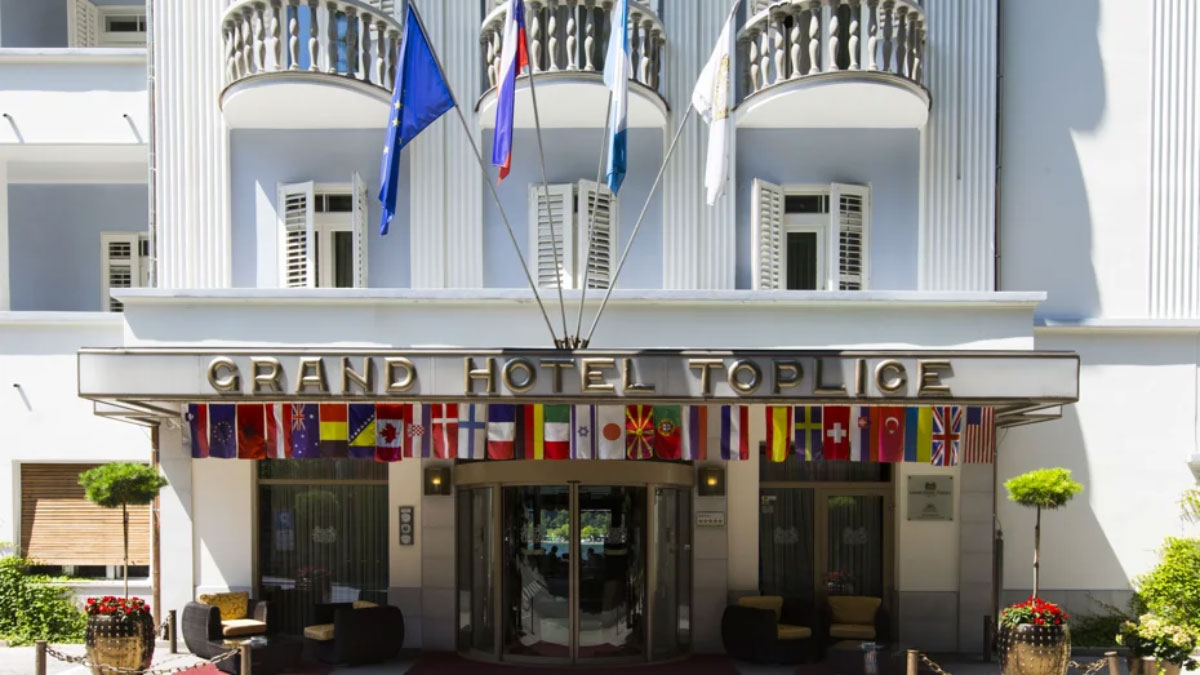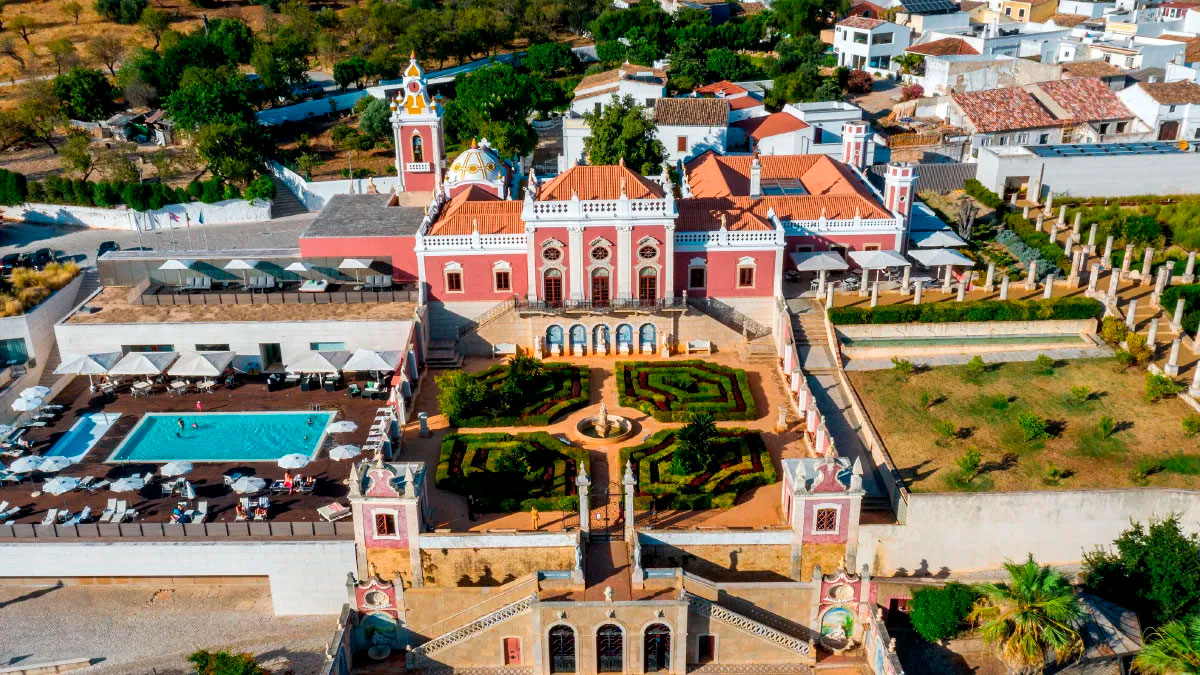The mighty River Nile makes a turn to the east just before it reaches the ancient Egyptian city of Luxor, so that when it washes its banks, its course is from southwest to northeast. The city therefore lies on its southern bank. Perched on this bank and set like a jewel in a spectacular and extensive Mediterranean garden, is the hotel building that we have chosen on this occasion for our section on hotels in the world. It is the Sofitel Winter Palace Luxor, a 5-star establishment that is part of the prestigious Historic Hotels Worldwide collection, the “official program of the National Trust for Historic Preservation (in the USA) for increasing the recognition and celebration of the finest historic hotels around the world”.
With 86 rooms and 6 suites in the main building, and a 116-room, 4-star extension at one end of the garden called The Pavillion, Sofitel Winter Palace Luxor also features 5 fine-dining restaurants, a large swimming pool in the magnificent garden, and spaces for events, meetings and social celebrations. Its origins date back to 1886. But let’s take a look at the milestones of the Sofitel Winter Palace Luxor’s century-long history.

In 1886, legend has it, after 4 years of occupation of Egypt by British troops, British explorers erected a magnificent Victorian palace on the grounds of the current Sofitel Winter Palace Luxor, on the banks of the Nile River, among the city’s ancient temples.
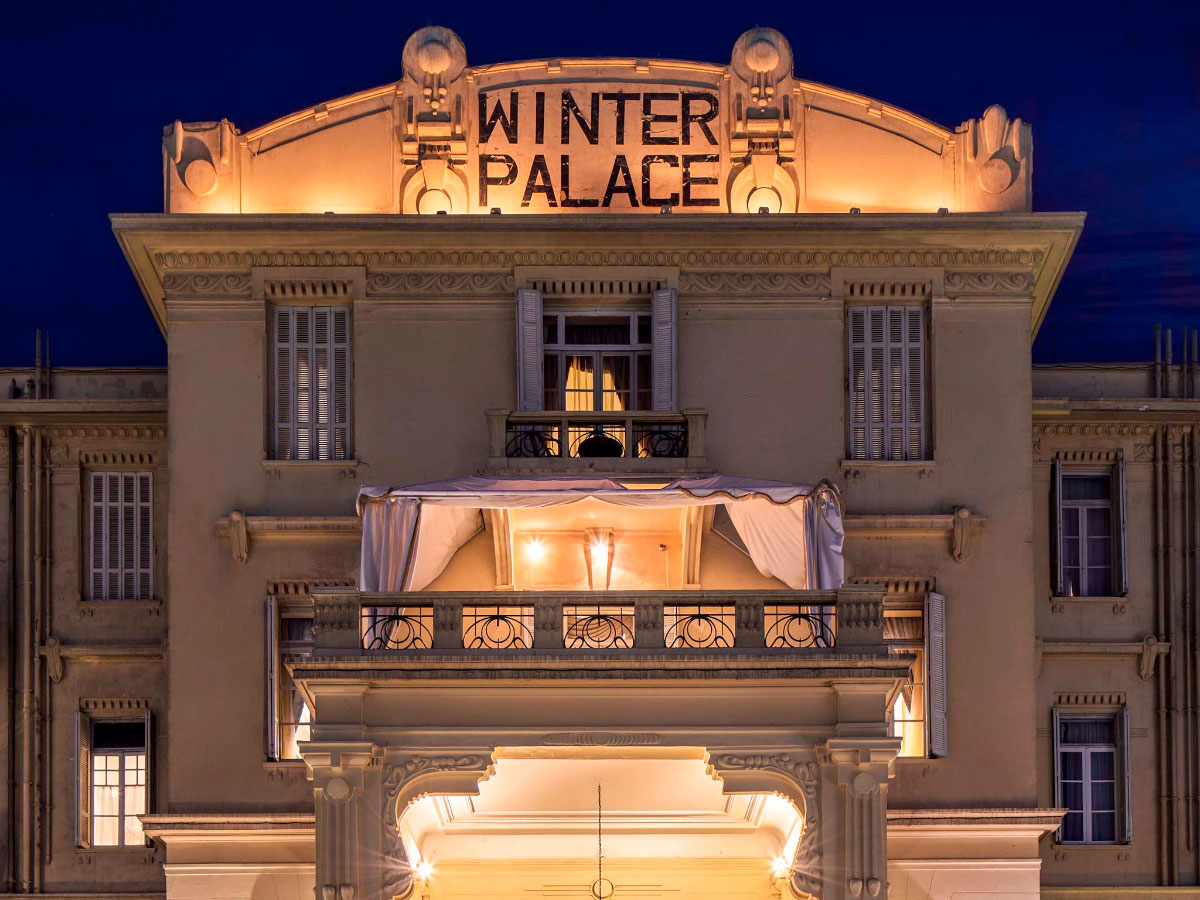
A few years later, in 1905, Charles Baehler and George Nungovich, two Cairo hoteliers, in collaboration with the travel agent Thomas Cook, decided to renovate the Victorian palace and turn it into a boutique hotel. In January 1907, it finally opened as the Winter Palace Hotel. In 1918, as a result of the First World War, the establishment was temporarily closed as a hotel and converted into a hospice for convalescing British soldiers.
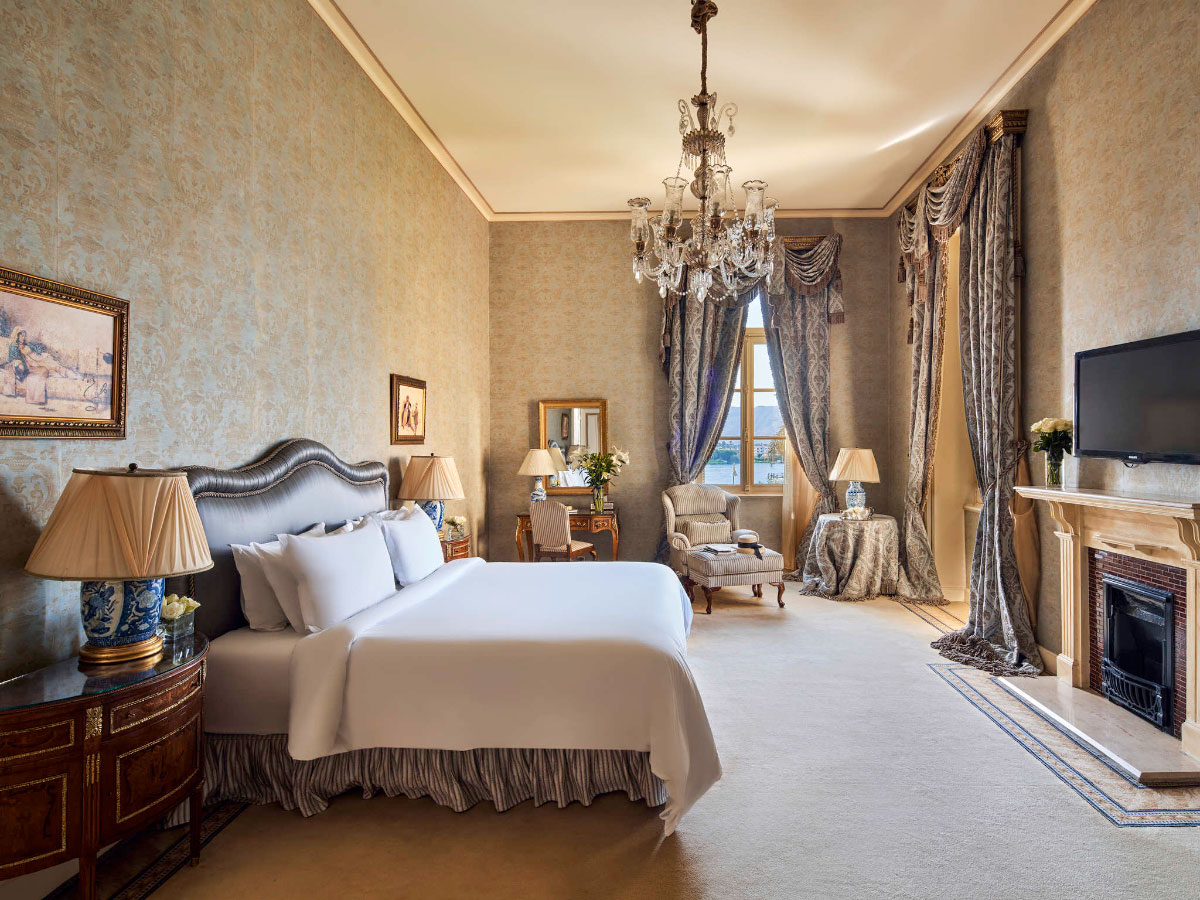
In 1922, after the war in Europe was over, archaeologist and Egyptologist Howard Carter discovered the tomb of the pharaoh Tutankhamun in the nearby Valley of the Kings. The Winter Palace Hotel had by this time become the regular accommodation of George Herbert V Earl of Carnarvon, better known as Lord Carnarvon, the British aristocrat famous for being the patron who financed Carter and the excavation of Tutankhamun’s crypt. The hotel was then filled with the frenetic activity of the many international journalists who travelled to Egypt to report on the discovery. And in 1937 Agatha Christie arrived at the Winter Palace Hotel. The famous writer took advantage of her stay at the hotel during her trip to the country to write her famous novel, Death on the Nile.
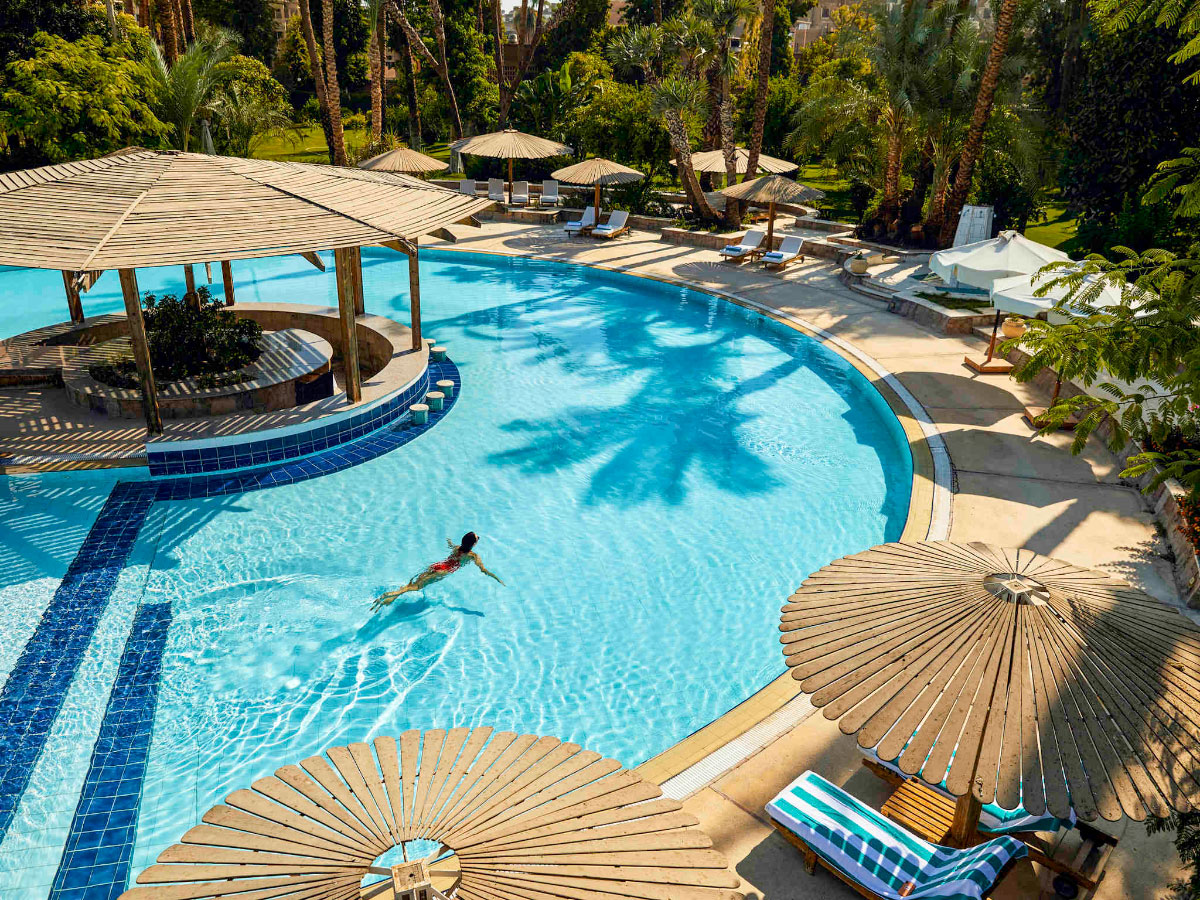
In 1975 the owners of the Winter Palace Hotel decided to expand the hotel with a new wing, the New Winter Palace. However, this 3-star expansion, linked by corridors to the original hotel, was demolished in 2008. After all, twelve years earlier, the 4-star annexe, The Pavillion, had already been built in the back garden of the Winter Palace Hotel.
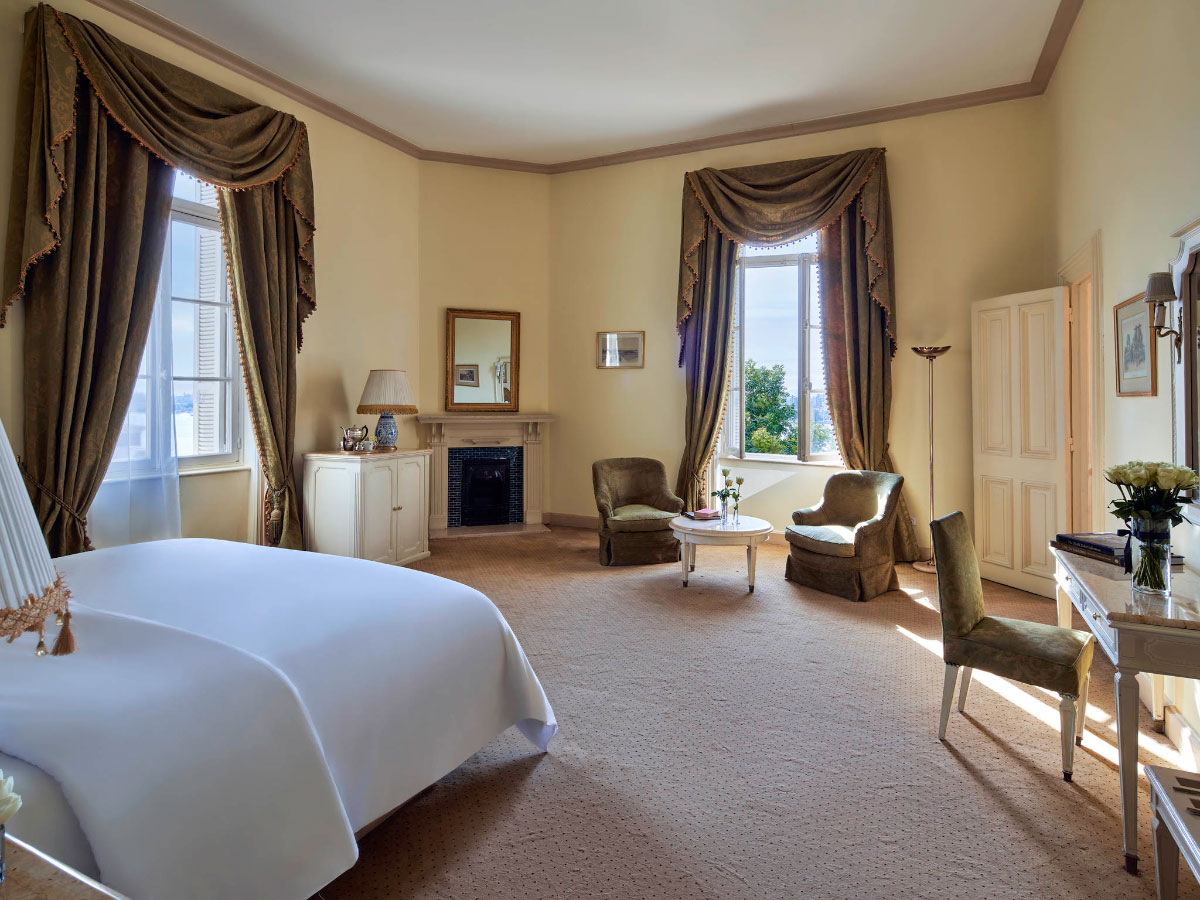
The hotel is now publicly owned but privately managed. The Egyptian General Company for Tourism & Hotels of Egypt agreed with the French hotel chain Accor Hotels on the transfer. In 2017, under its auspices, a complete renovation of the Winter Palace Hotel was carried out, transforming it into the Sofitel Winter Palace Hotel Luxor that we know today.





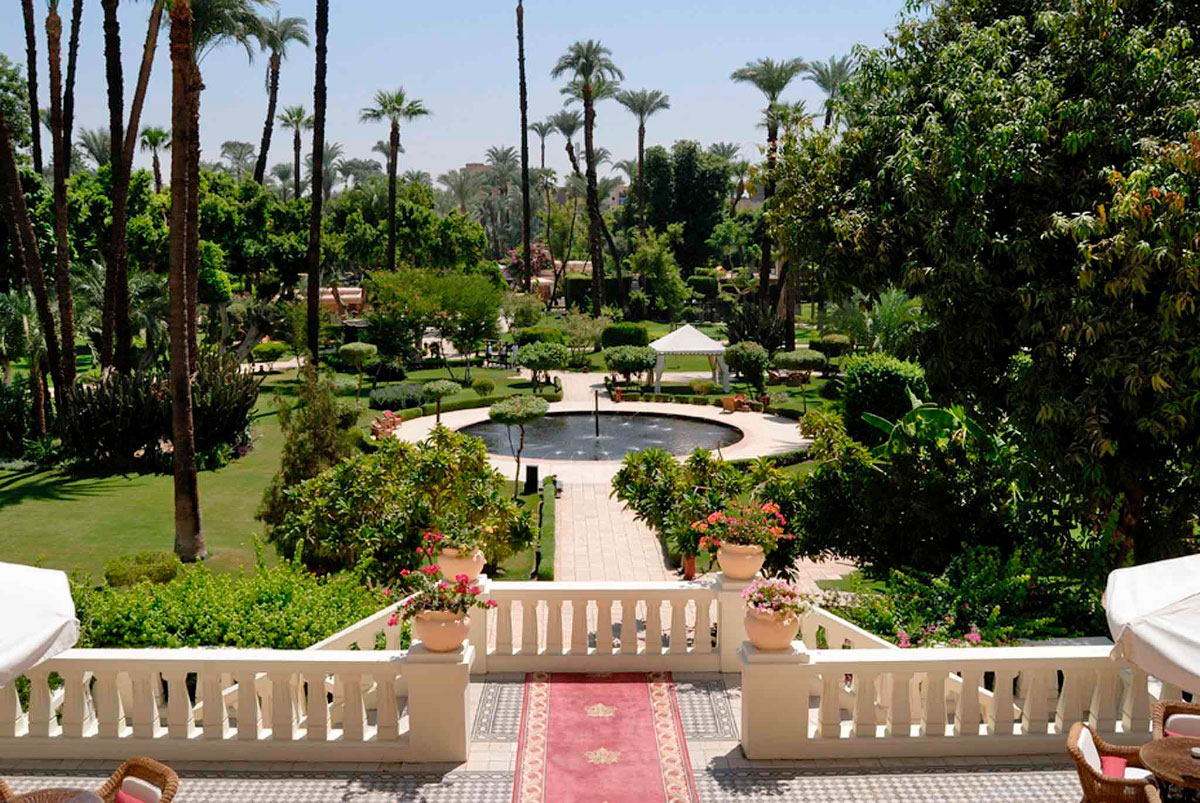
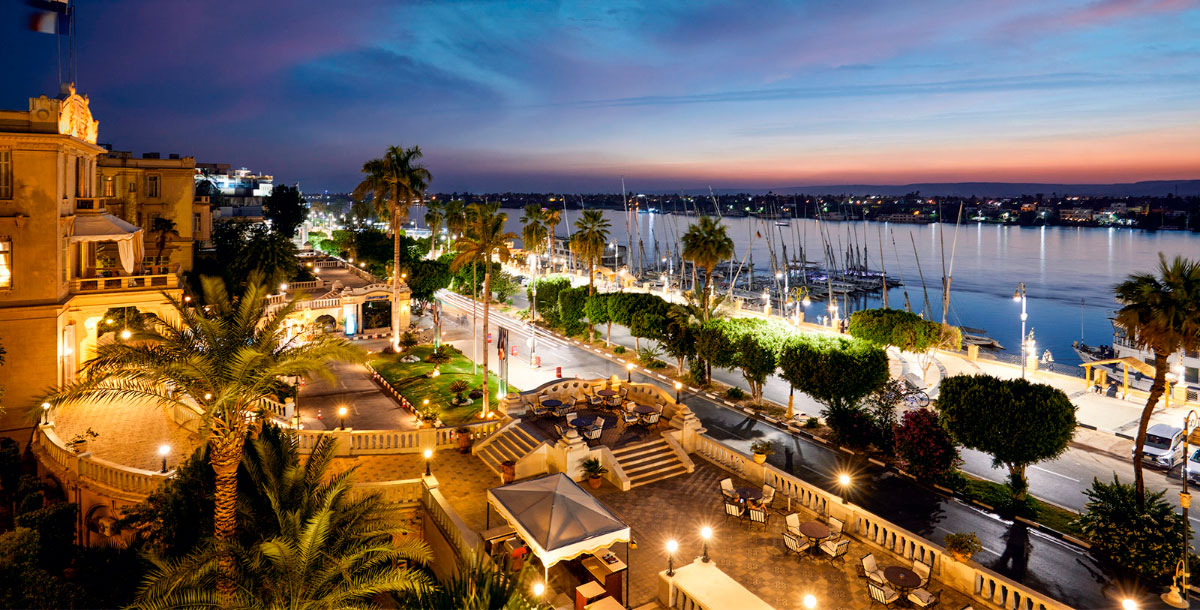
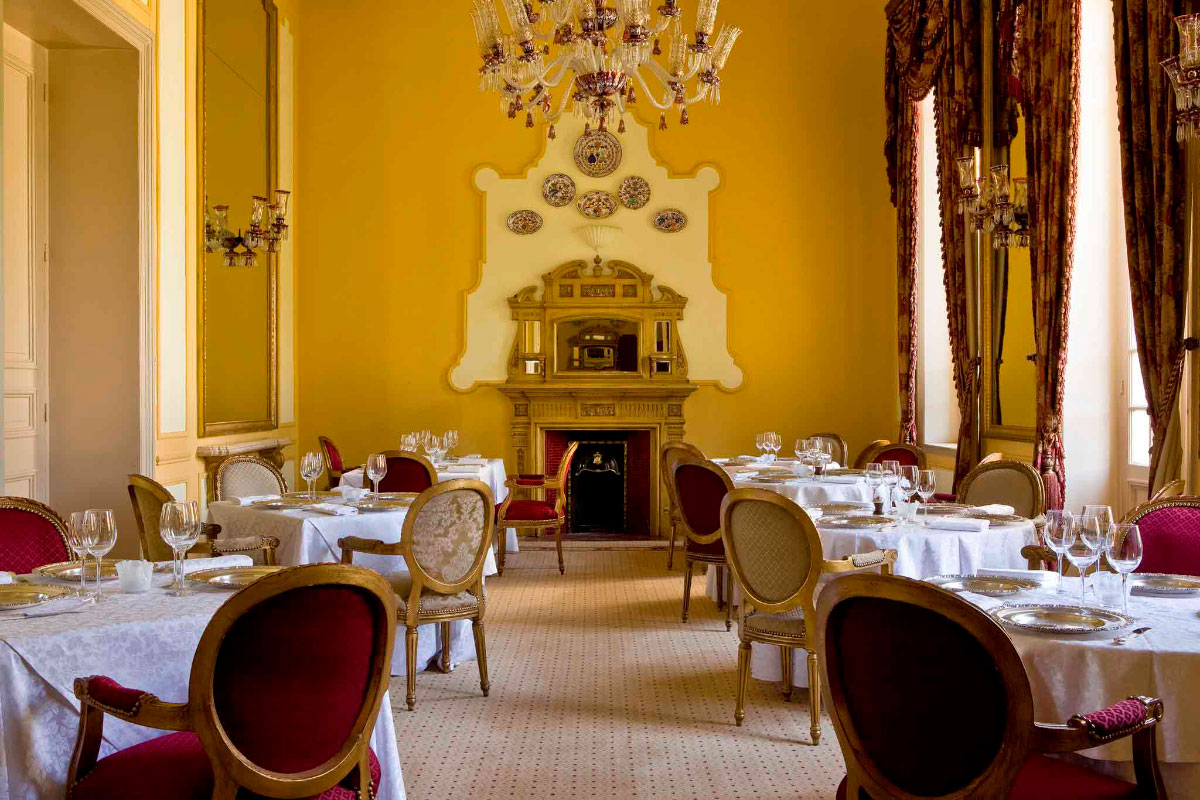

Sources: Historic Hotels Worldwide, Wikipedia, Accor Hotels.
Images: Accor Hotels y Historic Hotels Worldwide.


